The ITER project, the world's largest fusion energy experiment, is entering its most important phase in the heart of Provence, southern France. This is seen as a breakthrough that could lead to unlimited energy for humanity.
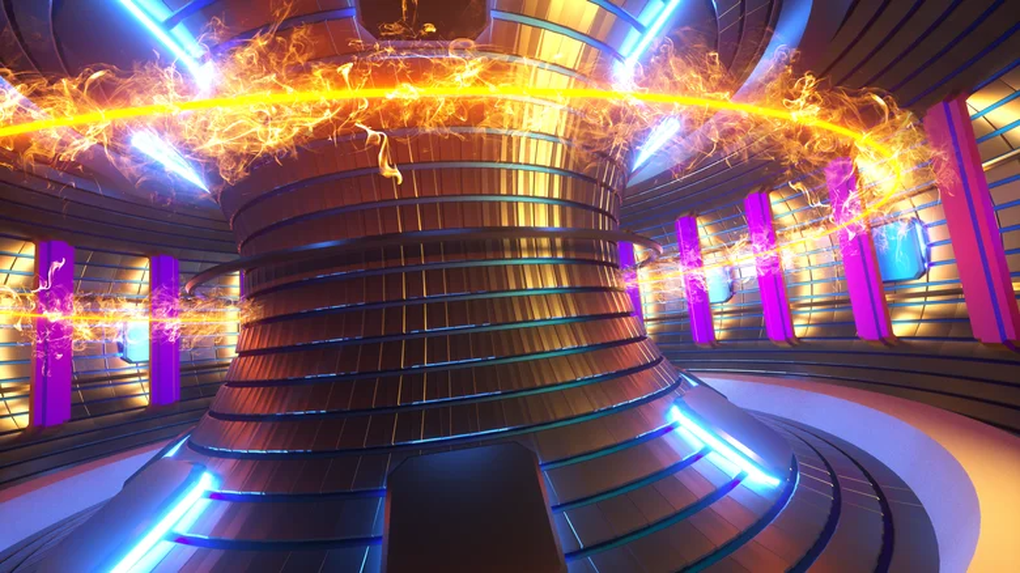
The decades-long international collaboration is now focusing on assembling the reactor core, marking the transition from construction to machine building.
After years of design, component procurement and meticulous integration planning, engineers have begun assembling the inner core of a fusion power plant. This is not only a technical feat but also a symbolic milestone, where humanity is trying to recreate the Sun's energy generation process.
The coming months, as the components are assembled, aligned and connected, will determine whether ITER succeeds in creating its first plasma and laying the groundwork for commercial use of nuclear fusion.
The project has long been described as humanity's greatest scientific endeavor, even greater than the first moon walk.
Science is once again uniting countries, laboratories and industries across continents in a common ambition. With the reactor core now being assembled, ITER is entering its final and riskiest phase.
ITER: A global effort for future energy

The International Thermonuclear Experimental Reactor (ITER) is a groundbreaking effort to demonstrate that nuclear fusion – the process that powers stars like the Sun – can be harnessed on a large scale on Earth.
Previously, China also conducted nuclear fusion tests, burning energy hotter than the Sun and showing promising results.
ITER, built in Cadarache, France, is a joint project of seven key members: the European Union, China, India, Japan, South Korea, Russia and the United States.
Each member contributes by manufacturing and supplying components and systems, demonstrating global industrial engagement and ensuring shared ownership.
This approach also helps the project not to depend on a single source of funding. The European contribution accounts for the largest proportion (about 45.6%), with the remaining members each contributing about 9.1%.
Since its inception in the mid-1980s, ITER has grown into a massive engineering project. Its purpose is not to provide immediate electricity, but to test the scientific, technological and engineering feasibility of a reactor-scale fusion device.
The project requires maintaining a burning plasma state, validating systems such as superconducting magnets, heating systems, diagnostics, tritium breeding, remote maintenance, and providing a stepping stone towards experimental power plants.
Under a revised schedule in early 2025, ITER aims to operate hydrogen and deuterium plasma for the first time in the 2030s and achieve full magnetic capability by 2036.
The final phase is the deuterium-tritium test, which will begin around 2039. After ITER, scientists plan to build the DEMO reactor, which is seen as a stepping stone towards commercial nuclear fusion in the second half of the 21st century.
Perfecting the Core: The "Heart" of the Machine

In recent months, ITER engineers have begun assembling the reactor core – the central tokamak structure that will contain the plasma. Core assembly involves aligning and integrating the main superconducting magnetic coils, the vacuum tank, the support structure, the central solenoid, and other internal components.
One of the most important and complex components, the central solenoid, was recently declared complete. This part of the core reactor is also known as the “heart” of the machine, and is now ready to be delivered and installed at ITER.
Meanwhile, the vacuum vessel, made up of nine toroidal chambers, is being assembled under contract by industrial partners. A $180 million contract has been awarded to Westinghouse Electric Company to weld and join the core chambers into a single vessel capable of containing plasma.
The core assembly process is a delicate “ballet” of precision engineering. Sub-1mm tolerances, alignment, thermal shrinkage, cryogenic conditions and integration with factory systems all have to be taken into account. Each component is shipped from in-house facilities around the world and carefully staged, tested and integrated.
This is an extremely important and risky process. Successful core assembly is a critical milestone on the road to the first plasma. Delays or misalignments could lead to years of delays or technical rework.
With its reactor core now under rapid construction, ITER is said to be entering its final great test, one whose outcome could determine whether fusion energy becomes humanity's next great technological leap.
Source: https://dantri.com.vn/khoa-hoc/cong-trinh-khoa-hoc-lon-nhat-vua-buoc-vao-giai-doan-lo-phan-ung-cuoi-cung-20251023003529369.htm






![[Photo] Prime Minister Pham Minh Chinh chairs meeting on railway projects](https://vphoto.vietnam.vn/thumb/1200x675/vietnam/resource/IMAGE/2025/10/23/1761206277171_dsc-9703-jpg.webp)






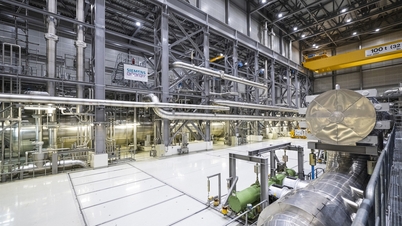

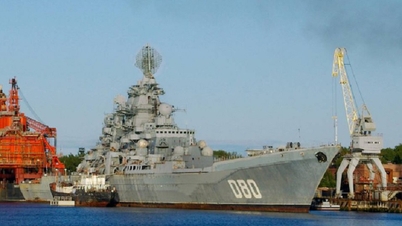
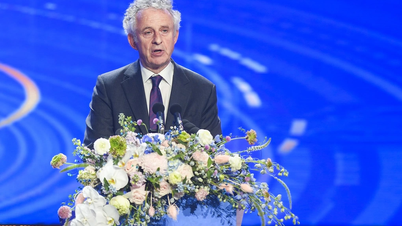


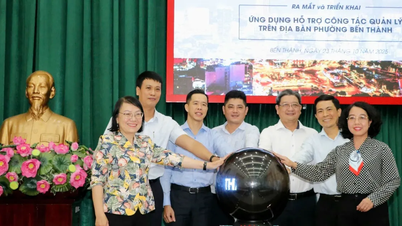
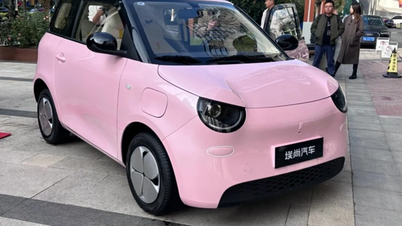

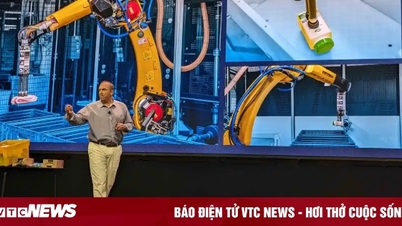









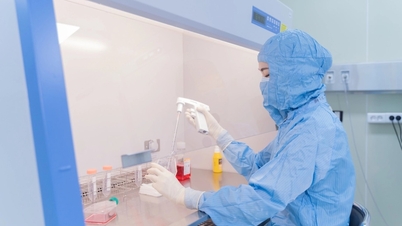













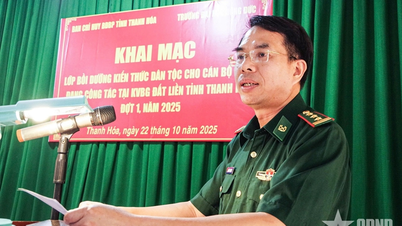















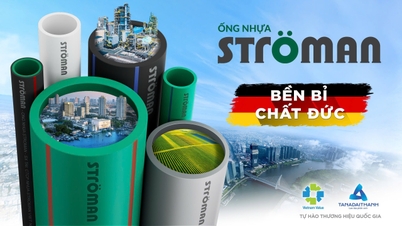









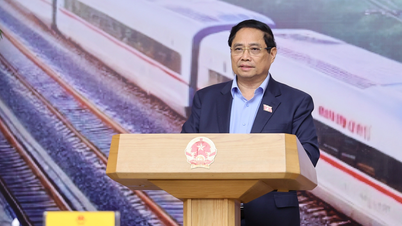






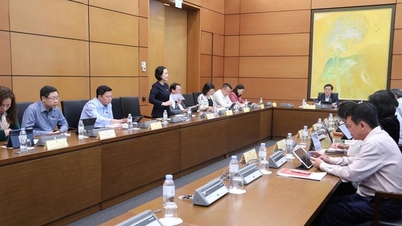






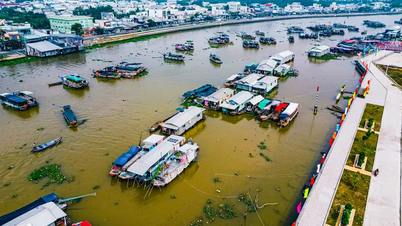

























Comment (0)